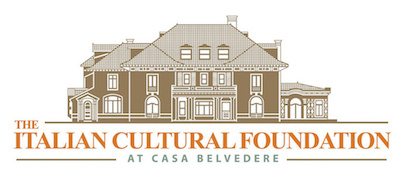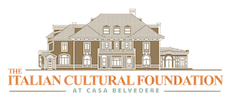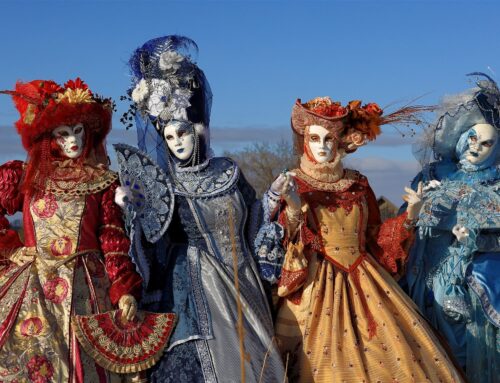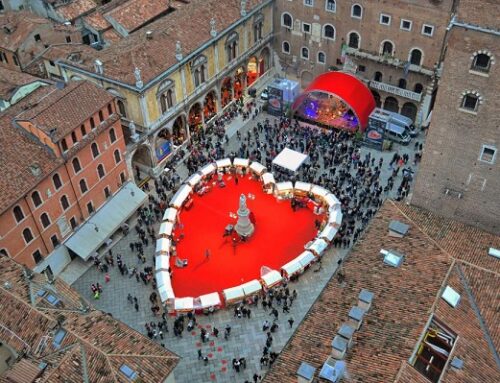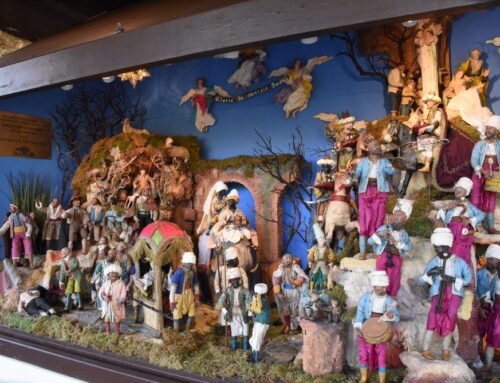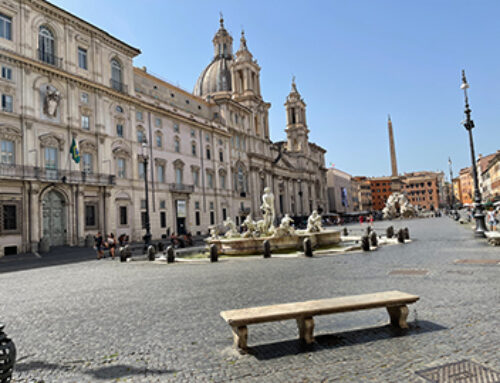A bareback horse race and more!
Tourists visit Italy for amazing scenery, delicious food, ancient ruins, and artistic masterpieces. And some travel to Siena for a chaotic theatrical spectacle that lasts about 90 seconds.
Il Palio is a bareback horse race held twice each summer, the climax of a fiercely competitive, all-consuming year-round rivalry between the 17 contrade (districts) of Siena.
The race itself is three clockwise turns around a small track of packed clay with tight turns, in the center of Siena’s main square, the Piazza del Campo. Tens of thousands of spectators are packed like sardines in the center, sometimes waiting for hours in the hot summer heat. More comfortable bleacher seats around the square are expensive, and the best seats are from windows and balconies of private residents whose homes face the piazza.
Originally, there were almost 60 contrade in Siena. Only 17 remain; 10 take part in the race (seven by right and three drawn by lots). Each of the 17 contrade has its own emblem and colors. They are the Eagle, Snail, Wave, Panther, Forest, Tortoise, Owl, Unicorn, Shell, Tower, Ram, Caterpillar, Dragon, Giraffe, Porcupine, She-Wolf and the Goose.
Il Palio is held first on July 2 (in honor of the Madonna of Provenzano) and on Aug. 16 (in honor of the Virgin Mary’s Assumption).
The contrade can select their jockeys but not their horses, which are mixed breeds and not easily spooked by crowds and chaos. Each contrada meets its horse just four days before the race.
There’s no official betting at Il Palio, but allegiances are purchased for tens of thousands of dollars, and people bet on who will win and who will lose – a challenge because jockeys are known to be unfaithful.
The Day of Il Palio
Early in the morning on race day, a bishop celebrates mass for the jockeys. Then the last trial takes place in Piazza del Campo, and the mayor witnesses the segnatura dei fantini in which the name of the jockeys are confirmed.
In mid-afternoon on race day, each contrada performs a blessing ceremony of its horse. The race is preceded by a colorful two-hour pageant called the Corteo Storico, with hundreds of people making their way around the piazza in elaborate medieval costumes, carrying and waving colorful banners and flags. Some are on horseback; others are on floats or chariots pulled by oxen. The magnificent ritual is punctuated by drummers, yet is somewhat solemn compared to the debauchery about to unfold on the track.
In late afternoon, a loud firecracker signals the entrance of the horses into the piazza. As the jockeys come out, each receives a whip made out of ox sinew which they can use to prod their horse or to irritate other opponents in the race. Jockeys are not permitted to touch the reins of another horse.
The race starts in the Mossa, a small area defined by two long pieces of rope. The contrade are called in the order in which they were drawn; the first nine take their assigned positions between the two ropes. The 10thenters the area at a running gallop to start the race – although there are many false starts, which increases tensions.
While they wait, the jockeys taunt each other and offer bribes while the horses try to break out of the Mossa. Once the rope drops, Il Palio is a quick but harrowing spectacle, with hairpin narrow curves, collisions, and the din from thousands of screaming spectators.
The first horse that crosses the finish line – even if the jockey fell off – is the winner. The Palio prize is the Drappellone, a large painted silk canvas with the image of the Virgin Mary. It is created by a different artist each year and displayed in the winning contrada’s museum. The winning contrada – bearing the Drappellone – is whisked off to a church for the Te Deum (prayer of thanks).
Then the celebrations in the streets begin. The jockey who finishes second is held in more contempt than the one who comes in last. People from the victorious contrada suck on pacifiers and drink cheap wine from baby bottles to symbolize rebirth.
Want to learn more? Click here for a special video presentation on this subject.
The Italian Cultural Foundation at Casa Belvedere is a not-for-profit organization that celebrates everything Italian by sharing stories such as this, and offering exceptional public programs: Language and cooking classes; art and photo exhibits; film festivals; opera luncheons and casino nights; Italian car shows and fashion shows; live concerts and theatrical performances; guest chef experiences and wine tastings; bocce and bingo (tombola); and much more. Casa Belvedere (house with a beautiful view) has established itself as a vibrant and buzzing cultural center in New York City. For more information, visit casa-belvedere.org.
